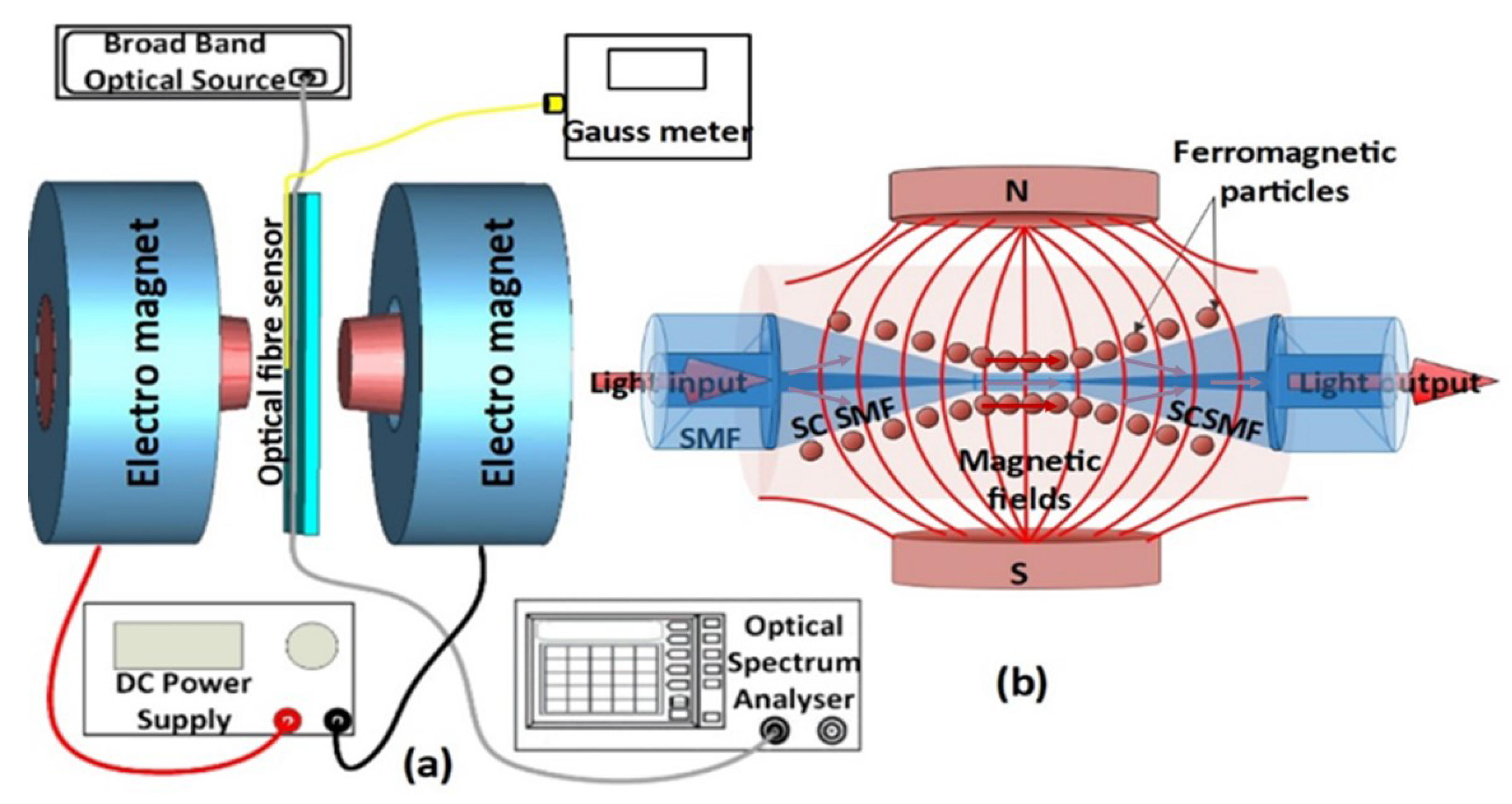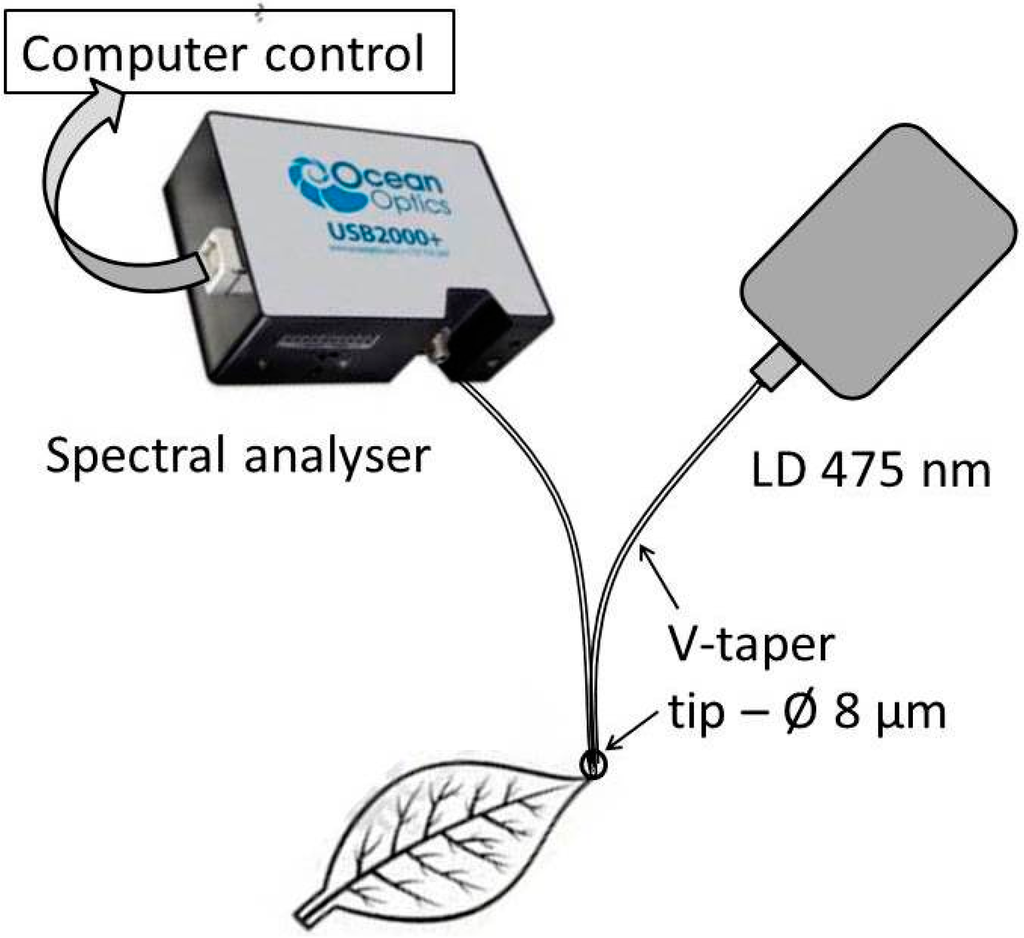Key Factors When Selecting an Optical Fibre Diameter Analyser
Key Factors When Selecting an Optical Fibre Diameter Analyser
Blog Article
Maximize Your Fiber Optic Efficiency: Understanding Optical Fiber Diameter Analyser Innovation
The performance of fiber optic systems is critically affected by the precision of their size, an element typically ignored in the pursuit of ideal signal honesty. Recognizing the modern technology behind optical fibre diameter analysers reveals the elaborate equilibrium in between dimension precision and manufacturing top quality.
Value of Optical Fiber Diameter
The size of optical fiber plays an important duty in figuring out the efficiency and effectiveness of communication systems. It influences several essential parameters, consisting of the setting of light propagation, depletion, and data transfer capability. Larger sizes usually enable several light settings, helping with higher information transmission rates. Conversely, smaller sized sizes have a tendency to support less settings, which can improve signal quality and minimize crosstalk.

Additionally, recognizing the size's effects can bring about set you back savings by lowering the need for signal amplification and repeaters in comprehensive networks (optical fibre diameter analyser). To conclude, the significance of optical fibre diameter can not be overemphasized, as it directly impacts the total effectiveness and reliability of modern communication systems

Just How Diameter Influences Signal Quality
Signal top quality in optical fibre systems hinges significantly on the diameter of the fibre. A smaller sized size can lead to greater depletion prices, resulting in signal loss as light journeys via the fibre.
Conversely, larger diameters generally enable boosted light capture and minimized modal diffusion, improving signal clarity. In multimode fibres, a bigger core diameter can sustain numerous light settings, however it might additionally introduce intermodal dispersion, which can degrade signal high quality. Therefore, choosing the optimal fibre diameter is critical for attaining the desired performance in details applications.
Moreover, the interaction in between the fiber size and the wavelength of the light made use of plays an essential function in establishing the reliable transmission range and overall signal stability. Understanding just how fibre size influences signal top quality is vital for network developers and designers aiming to maximize optical fiber systems for reliable, high-speed data transmission.
Introduction of Diameter Analyser Technology
In many optical fiber production procedures, precise dimension of fibre diameter is important for making sure constant performance and top quality (optical fibre diameter analyser). Size analysers are sophisticated tools created to examine the physical dimensions of optical fibres with high precision. They utilize advanced optical and laser modern technologies to measure the diameter, ovality, and concentricity of the fiber, hence giving important data for high quality control
These analysers can operate in-line during the manufacturing process or as component of off-line testing protocols. In-line systems allow real-time tracking, enabling producers to adjust criteria quickly, thus maintaining optimum manufacturing problems. Off-line analysers, on the various other hand, give extensive analyses of sets, making certain that any type of inconsistencies from specified tolerances are determined and resolved.
Diameter analysers significantly add to the decrease of problems in optical fibres, improving general item dependability. By constantly determining crucial parameters, these innovations assist in compliance with sector requirements and requirements. As the need for high-performance optical fibres remains to increase, the function of size analysers becomes significantly crucial in achieving the preferred quality click over here now and performance criteria in fiber optic systems.
Secret Functions of Fibre Diameter Analysers
Although different versions of fibre size analysers exist, they typically share a number of crucial features that enhance their capability and reliability. Among one of the most substantial attributes is high-resolution measurement abilities, which make sure exact diameter readings, essential for maintaining quality assurance in fiber manufacturing. Furthermore, several analysers incorporate advanced optical sensors designed to spot minute variants in fiber size, hence offering vital data for process optimization.
Another important function is real-time monitoring, permitting operators to get instant comments on fibre diameter throughout the manufacturing process (optical fibre diameter analyser). This capacity assists in quick changes and minimizes the probability of defects. Many analysers also come outfitted with straightforward user interfaces, allowing operators to quickly browse via setups and data outcomes
Additionally, durable information storage space and evaluation functionalities are crucial for tracking historical performance patterns and guaranteeing conformity with industry criteria. These features jointly contribute to the effectiveness of fiber size analysers in enhancing fiber optic performance.
Best Practices for Fiber Optimization

First, routine calibration of optical fibre diameter analysers is crucial. This ensures exact dimensions and reduces potential disparities that could affect efficiency. Next, maintaining a clean workplace is crucial; dirt and impurities can result in signify degradation.
Furthermore, it is necessary to select fibers that try these out fulfill details application demands. This includes evaluating elements such as depletion, data transfer, and environmental conditions. Proper setup strategies ought to additionally be complied with, including staying clear of sharp bends and excessive tension, which can compromise fibre integrity.
Furthermore, utilizing advanced tracking systems can help with real-time performance evaluations, making it possible for punctual identification of issues. Normal screening and maintenance ought to be performed to make sure that fibres continue to be within optimum functional criteria.
Last but not least, training workers on the most up to date fibre optimization innovations and approaches will enhance their ability to implement reliable strategies. By following these ideal techniques, organizations can substantially improve the performance and life-span of their optical fibre systems, ensuring efficient communication and data the original source transfer.
Final Thought
In final thought, the combination of optical fiber size analyser technology is crucial for maximizing fibre optic efficiency. By making sure precise dimensions of fiber dimensions, these analysers substantially improve signal top quality and minimize losses throughout data transmission.
Signal high quality in optical fibre systems pivots significantly on the size of the fibre.In several optical fiber manufacturing processes, accurate dimension of fiber size is important for ensuring constant performance and top quality. As the need for high-performance optical fibres proceeds to increase, the role of size analysers ends up being progressively important in attaining the desired quality and performance criteria in fiber optic systems.
These functions jointly contribute to the efficiency of fiber diameter analysers in optimizing fiber optic performance.
In final thought, the combination of optical fiber size analyser innovation is critical for maximizing fibre optic efficiency.
Report this page